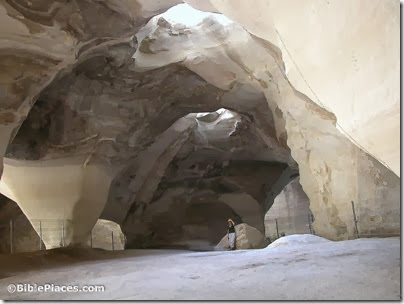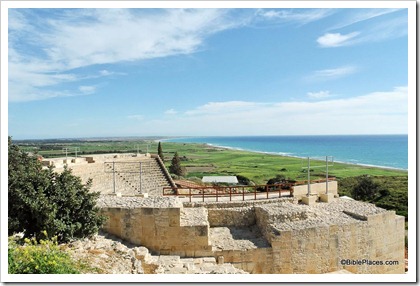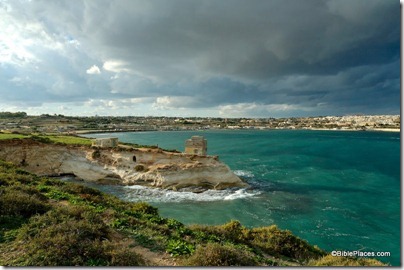A jug containing silver earrings and ingots has been unearthed at Abel Beth Maacah. The find dates to about 1200 BC.
Some missing pieces of the Colossi of Memnon have been discovered.
A new discovery in Crete confirms the practice of human sacrifice in the Mycenean culture circa 1300 BC.
Israeli police have arrested two Muslim workers for illegal excavations on the Temple Mount.
The Vatican is allegedly pressuring Jerusalem officials into turning over control of the Mount Zion complex that houses the traditional Upper Room and the tomb of David.
Titus Kennedy discusses the domestication of camels on this week’s interview on The Book and the Spade (direct link here).
Gordon Franz explains how the Via Egnatia was part of the means that God enabled the spread of the gospel “in the fullness of time.”
The site of Beit Guvrin and Maresha is a candidate for the World Heritage List. The impressive bell caves and ruins of a Roman-period city are among the attractions at this site in the southern Shephelah of Judah.
A couple who spent three days hiking near the Dead Sea share their experiences in a Jerusalem Post travel article.
Aren Maeir links to the full-length version of the Orson Welles movie of David and Goliath.
HT: Charles Savelle, Jack Sasson
Photo from Judah and the Dead Sea


